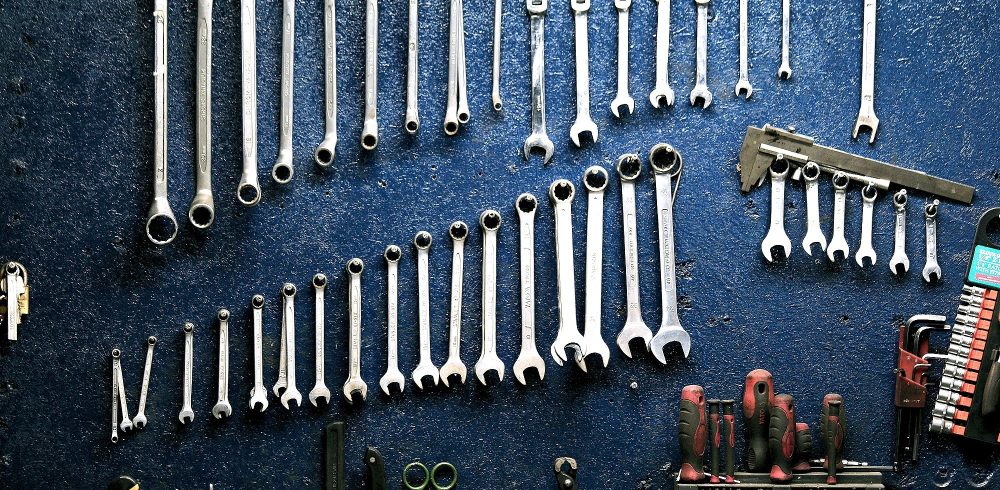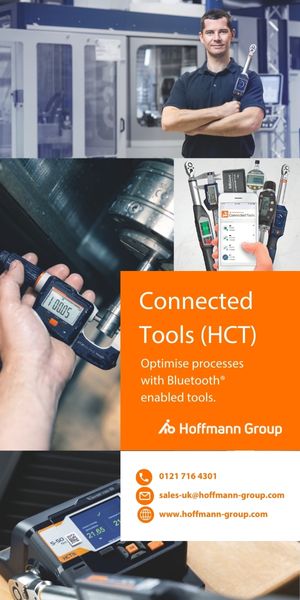Radio Frequency ID (RFID) technology has transformed supply chain management over the past two decades; yet the limitations of fixed readers in both accuracy and range have constrained deployment, leaving many organisations reliant on the more accurate but resource draining manual handheld readers. As organisations in every sector wrestle with the challenges of customer expectation/ cost pressures / regulatory demands, Sabesan Sithamparanathan, Founder and CEO, PervasID, explains how the near 100% detection accuracy and extended range of the next generation of fixed RFID readers will enable retailers/ medical providers/ manufacturing/industrial firms to automate every aspect of the supply chain and drive tangible operational benefits.
Lack of Control
For manufacturing companies, the ability to track tools throughout the workplace is essential – not only from a cost management perspective but also regulatory compliance. No firm can afford to discover key items have been left on site – especially if that site is an airplane engine.
The use of RFID tags would appear an obvious solution. To date, however, the limitations of fixed RFID reader technology, especially in this ‘tag dense’ environment, has deterred adoption.
Traditional fixed readers have been unable to deliver the detection accuracy required to justify investment. In any area with a high number of RFID tags, from medical equipment storage to industrial tool boxes or retail stores, there are simply too many dead spots due to signal reflections: the more tags, the lower the accuracy. At best in these environments, detection capacity can reach 85-90%. Add in the limitation in reliable read distance – typically no more than 2-3 metres, plus the time it can take to complete the read process – several weeks in a retail store, and fixed RFID readers have been unable to demonstrate a compelling business case.
Yet the demand is clear: Organisations want the ability to remotely and continuously track items in any location. They want to leverage the item level information provided by RFID to support better supply chain control, drive down stock and asset levels, lower losses, improve customer satisfaction and automate regulatory compliance. And they want to do this without the manual overhead associated with hand held or carriage-based RFID readers, or the significant – and unaffordable – cost associated with Active tag solutions.
Accuracy Transforms Business Case
The latest generation of fixed RFID reader technology addresses all of these limitations by using advanced signal processing to dynamically move the dead spots and achieve near error-free system. In addition to eradicating dead spots and achieving close to 100% accuracy, this game changing approach also extends the read distance to up to 20 metres, enabling one reader with five antennas to cover up to 400 square metres.
Furthermore, with the addition of location functionality, the next generation RFID reader system shows in which zone a tagged item is located, enabling organisations to inexpensively and effectively monitor RFID tagged items over large areas
With a wider read range, better detection accuracy and fewer antennas, this approach fundamentally addresses the previous constraints to RFID adoption.
For manufacturing and industrial companies, the ability to accurately read an entire toolbox in real-time transforms the process: the toolbox is read as it is opened; an engineer removes the specific tools required, closes the box, and it is read again – providing a complete record of what items have been removed, when. The process is completed in reverse when the items are returned, providing not only an audit trail of items used, by whom, but also the essential regulatory safeguard to ensure equipment is not left in situ during maintenance.















